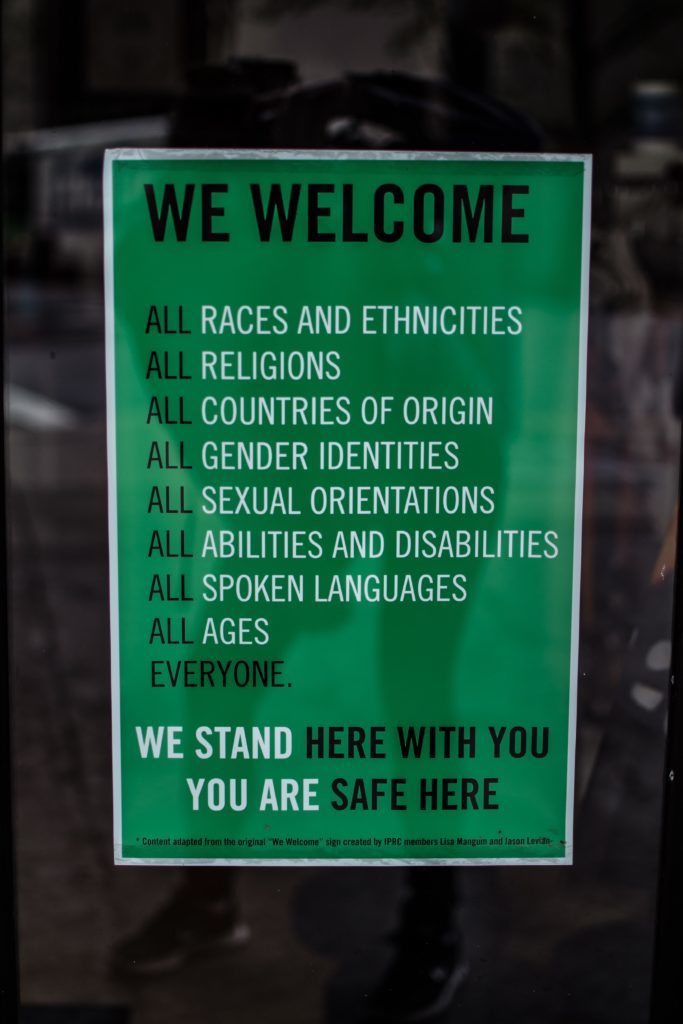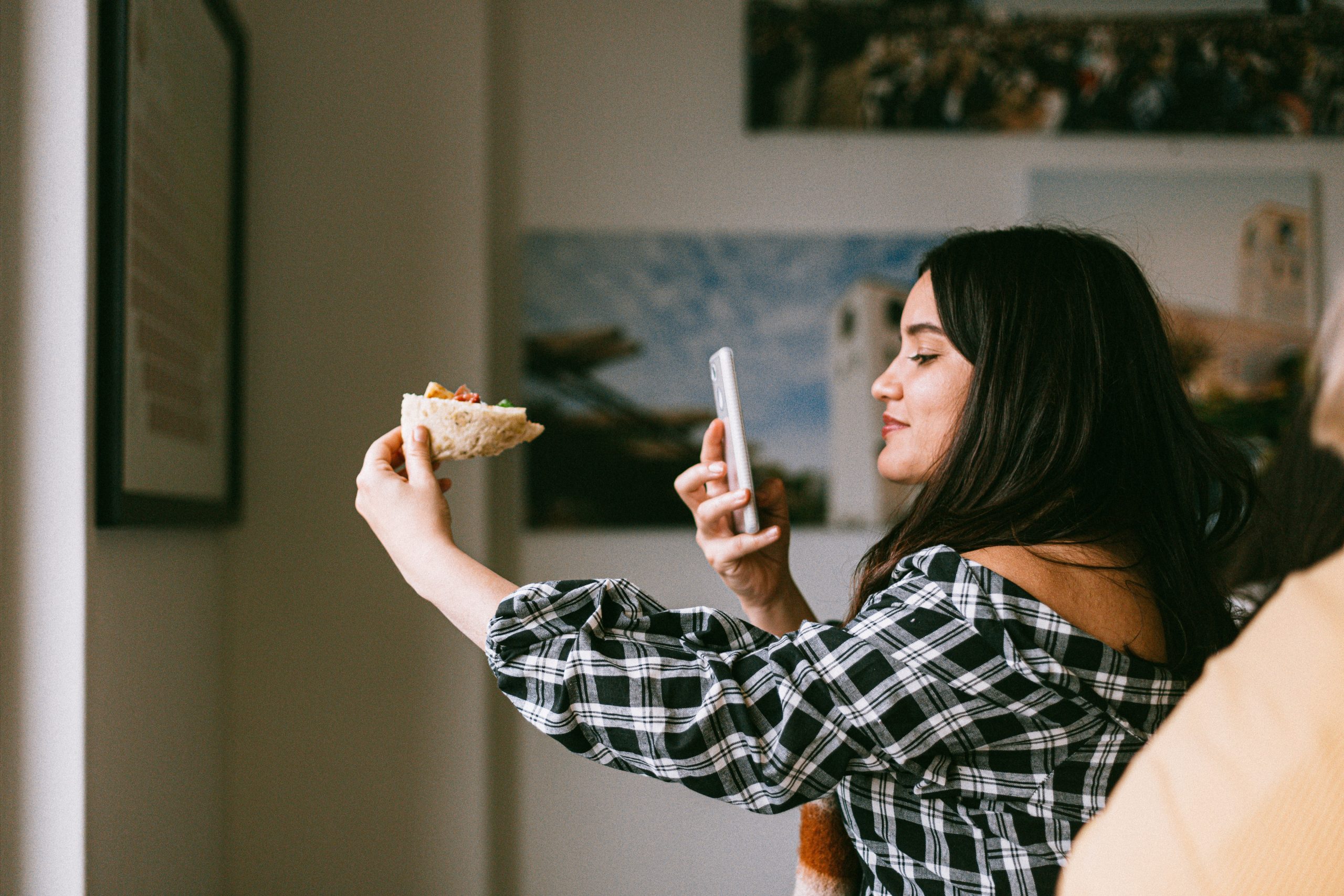Why DIVERSITY Must Be your NEW Company Value
 Branding
Branding

At the moment, diversity is treated as a job on HR’s list. Or at most a recruitment strategy for the upcoming year.
But that doesn’t seem to be working. Around 11% of senior leaders in S&P 500 companies are from ethnic and racial minorities. For every 100 men promoted to manager, 79 women are at entry level in corporate America the proportion of women has hardly changed.
While diversity progresses at a snail’s and almost seems to have come to a halt, research on the benefits mounts up. Harvard Business Review claims one of the best ways for a company to innovate, and boost its intellectual potential, is to hire more culturally diverse team members.
A business has everything to gain with diversity, yet the current approach towards this goal seems ineffective. Which is why I believe diversity should take centre stage and become a core company value.

Diversity is Not Just an HR Thing
Company values are the pillars that an organization embodies, which is exactly why diversity needs to enter the mix. Values indicate a company’s identity, its way of conducting business, its vision and decision making processes. And diversity is all of those things.
Once diversity shifts from a nice-to-have to a business priority, every employee can fully commit to transforming the status quo.
This means cutting PR-fuelled messaging surrounding the topic and actually demonstrating diversity through data and everyday behaviour and interactions. Right from the C-Suite to the newest intern.
This means cutting PR-fuelled messaging surrounding the topic and actually demonstrating diversity through data and everyday behaviour and interactions. Right from the C-Suite to the newest intern.
Almost all Fortune 500 executive boards now include at least one woman, yet the push for diversity in this domain is stalling. Not one of the female CEOs in the Fortune 500 index is of colour. And the total number of female corporate directors in the Fortune 500 actually decreased slightly last year.
Faced with these sorts of numbers, there’s no point trying to fix diversity in the next year or two. This sort of change in mindset and in organisation needs to gradually actualise over the long term.
Practically, you cannot find enough women to equalise the amount of men because the pipeline isn’t available. Despite a higher proportion of women holding bachelor’s degrees in comparison to men, they are less likely to be hired into entry level jobs. From then on the equality worsens as there are simply less women to choose between to promote to a managerial level and beyond.
You can see the same trend across all ethnic and racial minority groups. The diversity problem starts with entry level jobs. Even if promotion rates increase at a more senior level, these minorities have already started off on the wrong foot. With less chance of being hired from the offset, it’s near impossible for them to ever catch up.
Which is why you have to fix the entire hiring pipeline, starting with entry level hires, to make a real difference. And that doesn’t take just a few years, that takes an entire career.

You Can Do More Than Pick the Right CV
“We need more women on this team. Two average applications from women have come in. Let’s hire one of them.”
I’d like to think that this is an absurd scenario that never happens. Picking a female over a male candidate because of gender is certainly no long term solution. You, of course, want to hire the best person for the job.
But when it comes to selecting interview candidates and forcing yourself to compromise, take a step back and question why a more diverse mix of people aren’t applying to begin with.
Instead of picking one CV over another, here are a couple of ways you can drive real change:
1. Review the job description
There’s a tendency, especially for more senior positions, to stereotypically describe the ideal candidate for the role. And historically more leadership positions have been held by white men, so the ideal candidate you have in mind may embody more male characteristics. On reading a job description that demands male traits, women are likely to be put off applying, feeling that the position is not a good fit for them. Scrutinise the job description and question any demands included because they fit the stereotypical image of a leader in your head.
2. Reflect on your own tastes s
Is the candidate even better in your eyes, or just more likeable? Naturally, managers tend to hire people who are similar to themselves. What we know about the over-representation of white males in the existing structure of an organisation, it’s likely that more of this traditional leader will be hired. Objectively evaluate a candidate’s skills, rather than trying to identify with them.
Reform Your Company’s Culture to Combat Race and Gender Biases
Perhaps even more effective than hiring externally is to examine your existing company culture. Your diversity lens must be permanently on.
To remedy the lacking pipeline, you need to ensure you consciously increase diversity at every job level. Slow progress is definitely better than no progress.
And combatting existing biases is a separate issue. For example, according to the OECD Forum, “when women are encouraged to take maternity leave, it is negatively correlated with women’s advancement. When men are included and parental leave is encouraged, that negative impact disappears. This should serve as a reminder to leaders: even the most well-intended actions can have unintended consequences.”
Don’t only dispute negative reactions towards certain groups, but also question the positives. Part of a truly diverse workplace means also favouring noone based on their background, just as much as it means fighting against discrimination.
If It’s Not Genuine, Don’t Do It
You may have the best intentions, yet imbalance still persists and progress is slower than we want. While senior leadership continues to endorse our goals, we’re talking about changing behaviour and a mindset, perhaps unconsciously, ingrained in some people.
But you’re not alone in this frustratingly slow progress. According to a study by MIT Sloan Management Review, 71% of organisations aspire towards a diverse culture, while only 11% claim to have one.
Progressing towards your goal can mean a lot of tough conversations with people who don’t realise they’ve been contributing to the problem.
Extremes, like sexual harassment, still exist. 35% of women in corporate America experience sexual harassment at some point in their careers.
Take every step towards diversity as a success, and realise it may take some organisations longer to get there than others.
Measure the Right Way
Whatever the progress, make sure you measure it. Set specific goals, make them visible to the entire organisation and track them. These goals can be aspirational, but they should start with realistic benchmarks.
Here are a couple of examples of how some organisations are motivating employees and setting diversity goals:
- Sodexo introduced management incentives, including 10% bonuses, if employees achieved their diversity goals.
- Salesforce promised to review all salaries and ensure that men and women are paid equally for the same role. They also set a five year goal to employ the same amount of women as men.
Diversity Is to Everyone’s Advantage
But more than setting goals and changing biases, the most important message that really needs to come through is: diversity isn’t about creating a utopia. It means a real competitive advantage for your organisation.
McKinsey claims that both gender and ethnic diversity, particularly within executive teams, continues to be correlated to financial performance across companies around the world.
Creating a diverse workplace makes employees question their assumptions and biases, and incorporate different experiences and approaches into the business. Which overall makes your team smarter and your organisation more successful.
Spread this message and you’ve got an entire team of motivated, success-hungry, valuable employees behind you.


